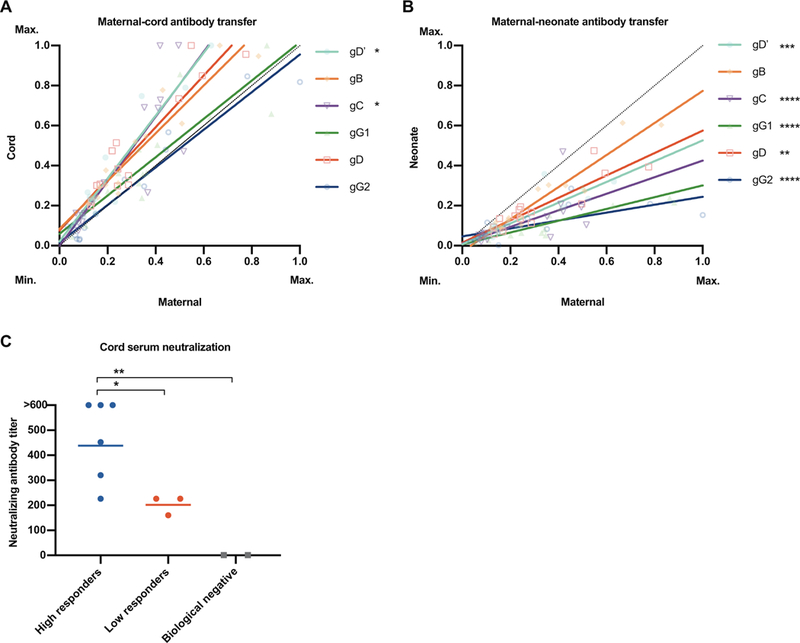Fig. 1. Human maternal HSV-specific antibody is transferred to offspring and is neutralizing.

Human maternal and paired cord and neonate sera were probed for HSV-1– and HSV-2 (gG2)–specific antibodies via multiplex. Antibodies found in (A) maternal-cord pairs and (B) maternal-neonate pairs are plotted by glycoprotein binding (maximum binding, 1; minimum binding, 0). Regression lines for each glycoprotein are shown in corresponding colors. The dotted line of identity refers to a 1:1 transfer ratio between maternal and cord or neonate samples. Above the dotted line represents a higher corresponding cord or neonatal value, whereas below represents a higher corresponding maternal value. gD’refers to the ectodomain of HSV-1 gD. (C) Cord samples were binned into tertiles based on mean antibody binding in (A); high responder (above second tertile) and low responder (below first tertile) groups were assayed for neutralizing antibodies against HSV-1 via a serum neutralization assay. Serum from HSV-1 seronegative adults was used as a biological negative control. Statistical significance was determined using one-way analysis of variance (ANOVA) with Dunnett’s multiple comparisons. In (A) and (B), regression lines were compared to the line of identity. In (C), bars represent the mean. *P < 0.05, **P < 0.01, ***P < 0.001, and ****P < 0.0001.
